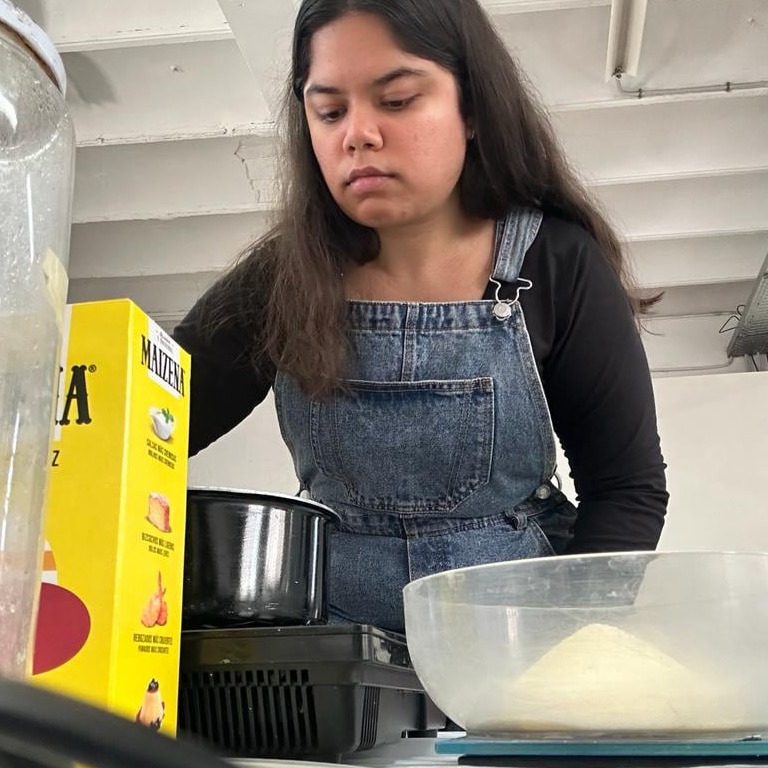Experiments




Biomaterials are substances that are engineered to interact with biological systems for medical, therapeutic, or research purposes. They can be derived from natural sources or synthesized in a laboratory. Biomaterials play a crucial role in various fields such as medicine, tissue engineering, drug delivery, and regenerative medicine.
Agar agar and gelatin are two examples of biomaterials derived from natural sources:
1. Agar agar: It is a polysaccharide derived from seaweed, primarily red algae. Agar agar is commonly used as a gelling agent in microbiology, food preparation, and pharmaceuticals. It forms a gel when mixed with water and heated, providing stability to various products.
2. Gelatin: Gelatin is a protein obtained from collagen, which is found in the connective tissues of animals. It is commonly extracted from animal bones and skin. Gelatin is used in food products, pharmaceuticals, photography, and cosmetics due to its gelling, stabilizing, and thickening properties.
Regarding the use of moss and algae as biomaterial replacements for sustainable electricity generation:
Moss and algae have been explored as potential biomaterials for sustainable energy production, particularly in the field of bioenergy and biophotovoltaics (BPV):
1. Moss: Mosses are primitive plants that can grow in various environments, including harsh conditions. They have been studied for their ability to produce electricity through a process called microbial fuel cell (MFC) technology. In MFCs, microorganisms in the moss break down organic matter, generating electrons that can be harvested as electricity.
2. Algae: Algae are photosynthetic organisms that can convert sunlight into chemical energy through photosynthesis. They have been investigated for their potential use in biophotovoltaic devices, which utilize living organisms to generate electricity directly from sunlight. Algal biofilms can be integrated into BPV systems, where they capture solar energy and produce electrons, which are then collected and utilized as electrical energy.
Both moss and algae offer promising avenues for sustainable electricity generation due to their abundance, rapid growth rates, and ability to thrive in diverse environments. Additionally, their use as biomaterials for energy production aligns with the goals of sustainability and renewable energy development.




The research was important for me to learn about biomaterials and how I may incorporate the knowledge into my further projects and research. It was fun to work with them and i understood how easy they are to create. I would like to work with moss and algae as well to see if I am able to use biomaterials to generate electricity. It will be a cool project and will allow me to work with it further as well.
Interactive Installations: Sculptures and installations made from biomaterials like algae-based bioplastics or mycelium can serve as focal points for exploration and interaction. These structures may change over time, responding to environmental factors such as sunlight, moisture, or temperature, inviting passersby to engage with their dynamic qualities.
Biophilic Design Elements: Incorporating biomaterials into the built environment can evoke a sense of connection to nature, promoting mental and emotional well-being. Imagine benches made from sustainable wood composites or living walls covered in mosses and ferns, providing moments of respite and reflection amidst the urban hustle.
Educational Signage: Informational signage strategically placed throughout the park can educate visitors about the ecological benefits of biomaterials and inspire curiosity about sustainable design practices. QR codes linked to multimedia resources can offer deeper insights into the lifecycle of biomaterials and their potential applications in various industries.
Sensory Experiences: Design interventions can stimulate the senses, enriching the drifting experience with tactile textures, soothing sounds, and fragrant scents. For example, pathways paved with permeable biomaterials like cork or bamboo can create a soft underfoot sensation, while wind chimes crafted from biodegradable polymers emit gentle melodies in the breeze.
By integrating design interventions into ways of drifting, biomaterials can not only enhance the aesthetic appeal of public spaces but also foster a deeper connection between individuals and their environment. As we embrace the concept of biomimicry and biomaterial innovation, we have the opportunity to reimagine our relationship with nature and create more sustainable, harmonious landscapes for generations to come.
Best AI Website Creator